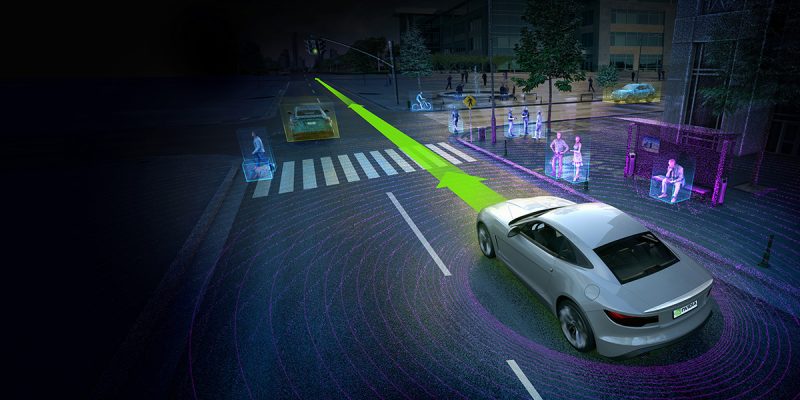Artificial cities could pave the way to driverless adoption
Connected and autonomous vehicles (CAVs) have a future.
That is without doubt but there is still a need to ensure that they will be safe on our highways and to ease the public’s safety concerns to increase their adoption over the next few years. CAVs need to be able to react to unforeseen events – just as we do as human drivers.
None of the obstacles that drivers face can be anticipated and so the artificial intelligence and machine learning of these vehicles needs to be able to react accordingly to prevent accidents from occurring, no matter the weather, no matter the circumstances, and not matter what kind of environment – both rural urban – they are to operate in.
Edge-case scenarios
Danny Shapiro, senior director automotive at Nvidia, nevertheless believes that “autonomous driving in normal situations is a solved problem.” Edge cases are what makes autonomous driving hard, he says while referring to the “rare and difficult situations that often include a combination of challenges.” This might be, for example, someone accidentally losing control of a shopping trolley that rolls onto the highway. It’s not a common event, but it could happen.
He adds: “Then there’s the added complexity of making sure the car can address compounding conditions, such as having this occur at night, in the rain, and with an additional driver in front of you who blocks the view of the cart until the last minute.”
Alice Salter writes for 2025AD in her article, Are artificial cities the answer to AV road safety?: “While you could drive for days without encountering some of even the most common obstacles you’ll find on the road, in controlled environments like artificial test cities, technicians can guarantee them. This proves vital in forming public opinion of, and trust in, the tech. While you could drive for days without encountering some of even the most common obstacles you’ll find on the road, in controlled environments like artificial test cities, technicians can guarantee them.”
Shapiro responds: “In order to ensure a car is truly safe, it requires testing these situations, and a wide range of permutations, repeatedly as part of development and validation. In the real world, this situation is rarely encountered in on-road testing and certainly never happens exactly the same way twice. Therefore, we need an alternative to ensure the car knows how to properly respond.”
“Simulation in an artificial city (that mirrors reality) provides a way to test the same situations over and over. It also allows us to add variations in a controlled way. This means we can help speed progress since we spend time testing the hard things and, because it’s repeatable, we can measure progress as we work.”
Maximising connectivity
Stéphane Barbier is chief business development officer at Transpolis SAS, which describes itself as being “the unique smart city lab in Europe dedicated to innovative transportation systems and road equipment”. He explains that one scenario for the use of artificial cities for CAV development could see their design and construction being optimised to have “maximum of connected devices and intelligent infrastructures, in order to have the best connectivity for CAV.”
To read the complete article, visit TU-Automotive.

















